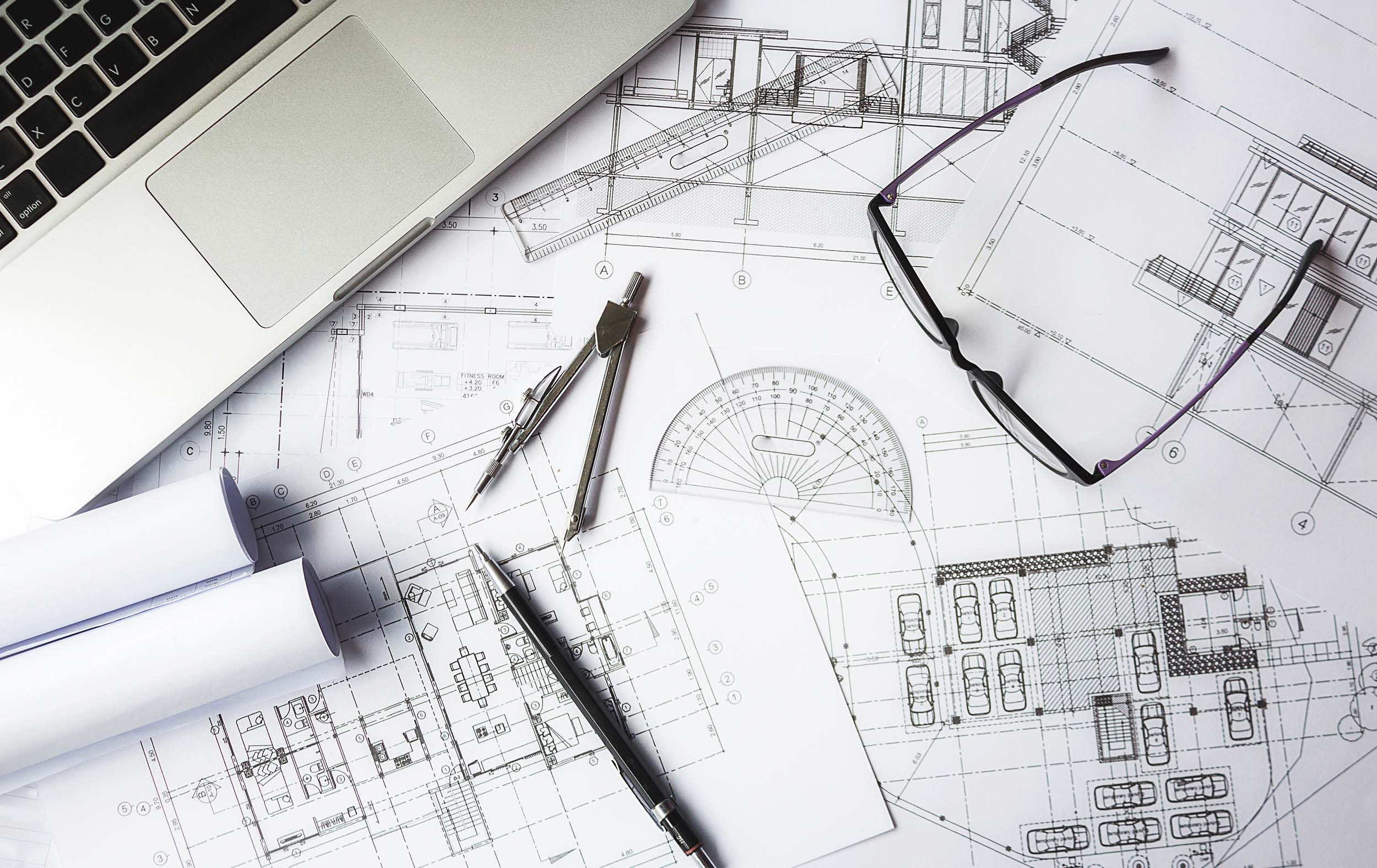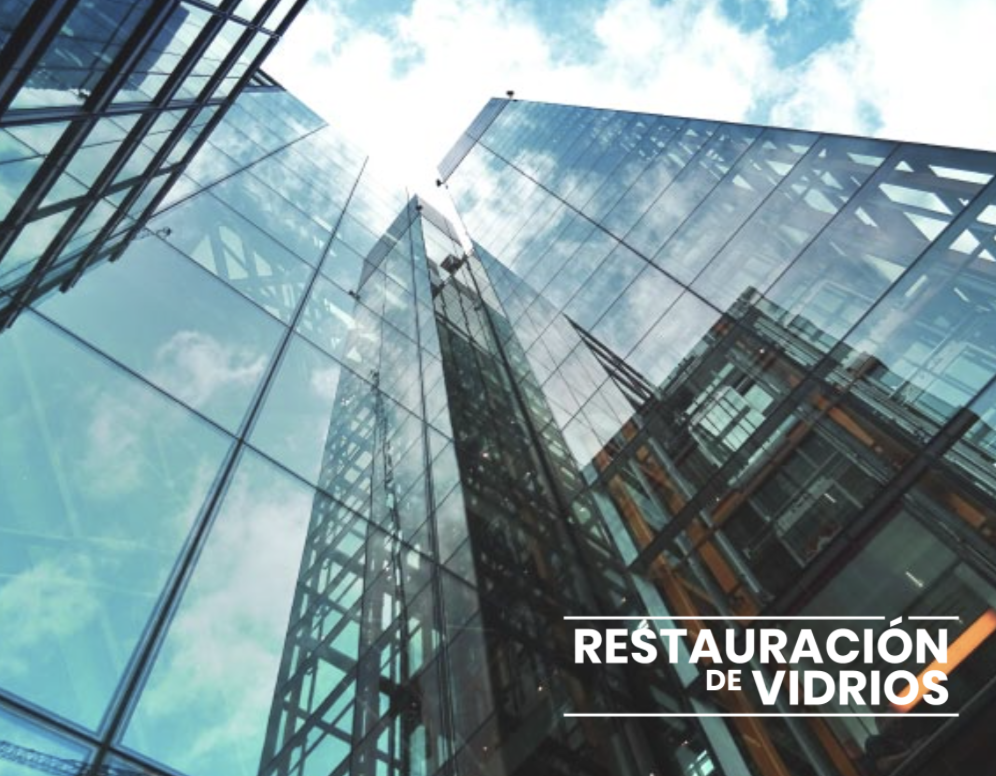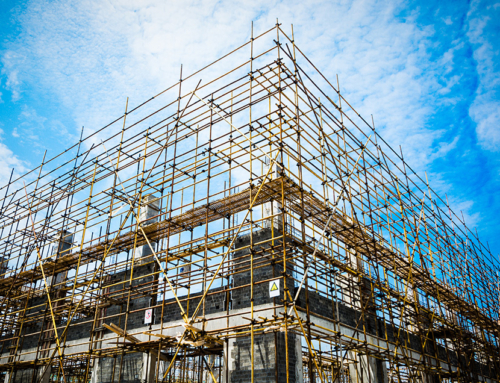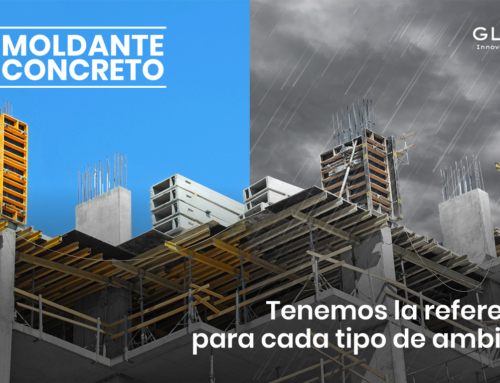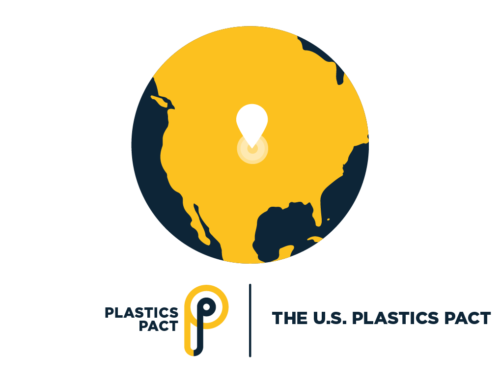Architecture shapes our lives. The quality of relations, culture, spaces, and physical and mental health of city dwellers depend directly on architecture. It is, above all, a direct expression of our history as a society, our aspirations for the future and our current ways of life.
That is why we should understand Architecture is a solution to problems and not a factor in discussions.
It is precisely this idea that the Spanish government is betting on for 2022 with the approval of an Architecture Quality Law. It is proposed as “a necessary legal instrument to consolidate a new model of economic, energy and ecological transition that promotes greater inclusion and social cohesion”.
It came into force in January this year, in the midst of the context of constant change and adaptation implied by the Covid 19 pandemic with which we have been living since 2020.
Even today, two years after declaring largely permanent lockdowns almost everywhere in the world, we are still, as a society, adapting to this new way of life.
Our social, work and family spaces were reduced to one and the same, our home. This brought to light the main architectural shortcomings with which we have designed cities up to now.
Building, with urban plans thought at state level and social, environmental and gender welfare as the main premise becomes a basic need for governments to ensure its citizens quality of life.
This is exactly what the Law approved in Spain seeks, as well as other proposals in previous years in several European countries and others that are currently being developed around the world. Iñaqui Carnicero, Director General of Spain’s Urban Agenda and Architecture announced that the Spanish law, specifically, will ensure that both new architecture and actions in a constructed environment will be carried out based on a comprehensive integrated approach.
This means concentrating on energy rehabilitation of what has already been built, while also focusing on accessibility, habitability, lighting and natural ventilation as key aspects of quality of life in housing.
Under this premise, then, the main architectural trends that we will see in coming years are under development. Below we explain a little more about the main ones.
Responsible energy consumption and sustainable materials
New consumers seek, above all, environmentally responsible sustainable socially correct materials.
Renewable energies, inputs with minimal impact on our carbon footprint, sustainability, recyclable raw materials and low energy consumption are the main choices for construction, and in general, for all levels of industry.
The days when consumers did not care about the background of products before buying them are gone. In particular, support for local industry and responsible production are becoming key to decision making.
In Glasst Innovation Company, we are aware of this change, and innovate daily with technology at the service of our products to transform inputs into materials that are increasingly responsible with the environment and users’ health.
Specifically, we have three main product solutions that replace abrasive, polluting and/or toxic materials currently on the market.
● Universal Protector: A removable film, window and door protector, or for all types of surfaces in construction or remodeling work. It is a unique product on the market, biodegradable, and allows to reduce the use of single-use plastics to zero ensuring the quality of your finishes.
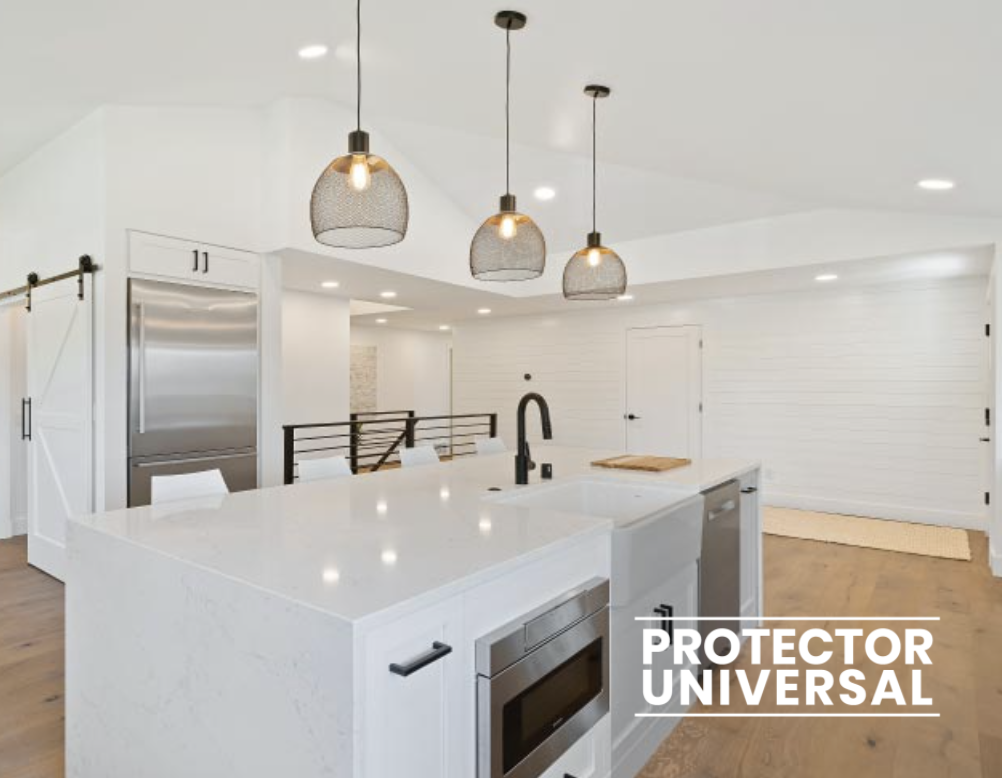
● Concrete release agents: A 100% environmentally friendly, and zero-toxic concrete release agent that replaces other fossil fuel-based abrasive products on the market without sacrificing the quality of visible concrete finishes on your construction site.
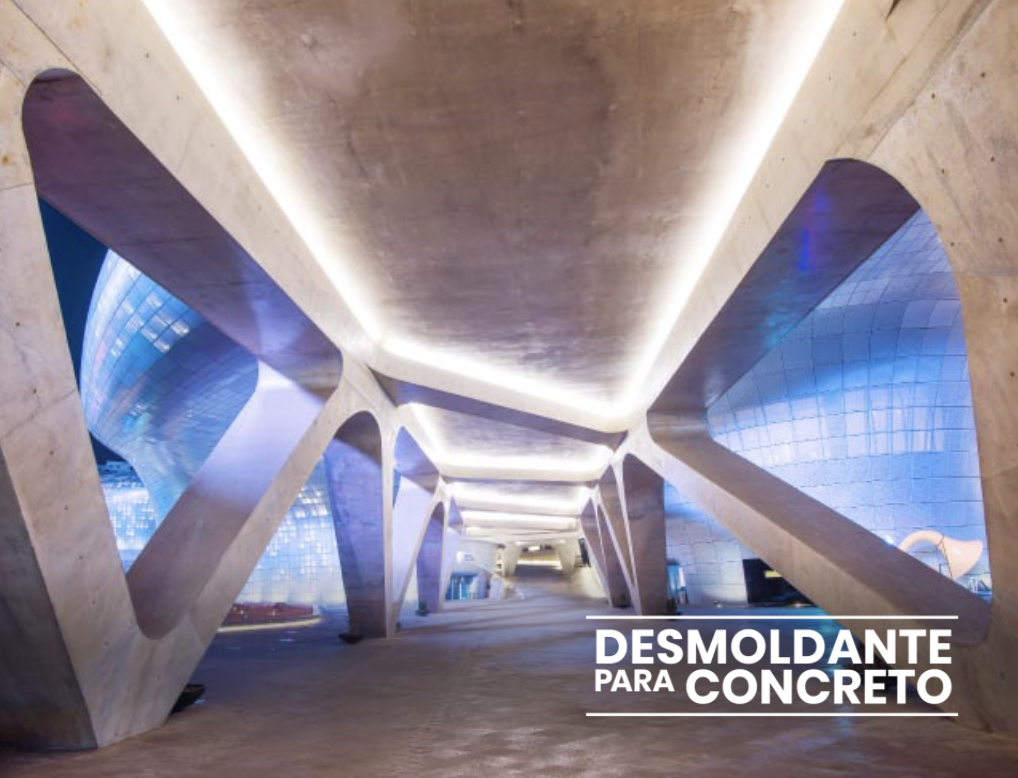
Flexibility and adaptability
The constant changes and the speed at which today’s societies move is not the same as it was a couple of decades ago. Information technologies, content immediacy, internet evolution and the very dynamics of society set the pace of the evolution of cities.
As a society, it is essential to belong to something, a group, a culture or a family. Architectural design and new development proposals must be compatible with these ways of life and contribute to the feeling of having or belonging to a place.
A building that is not flexible and designed to adapt to the changes that are coming faster and faster is not sustainable over time. Each new design needs to be modular and exposed, so that changes can be implemented quickly and easily.
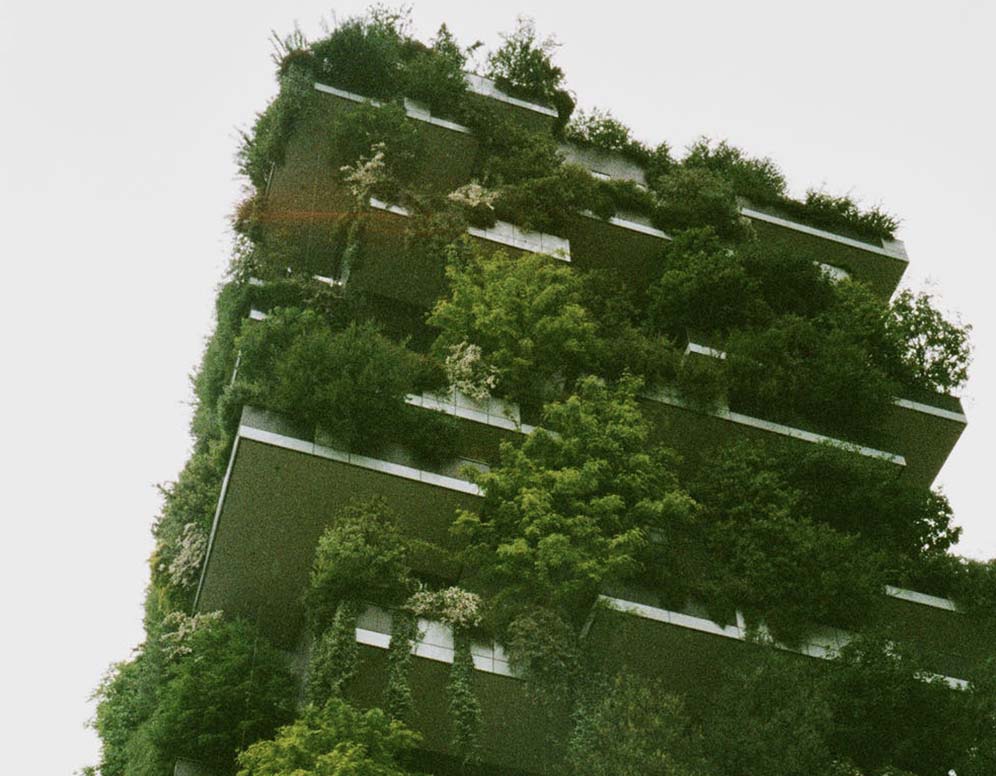
Health and wellness as a pillar
First and foremost, well-being. That is our goal.
New houses, multipurpose buildings and social spaces must have this as a premise. The main thing is people’s physical and mental health. Therefore, architectural designs proposed in coming years must have them as the core of their proposals.
This includes thinking of spaces that in general promote feelings of tranquility and well-being. It is an inclusion of nature indoors as a way to connect indoor plants and vertical gardens.
Redesigning shared spaces will minimize visual pollution. Noise and overcrowding become fundamental when thinking about offices. Coexistence and co-working trends allow us to create spaces that separate work from life while creating collaborative spaces for leisure and to conduct projects. We come together to execute ideas, yet keeping private spaces for creativity.
Natural lighting, neutral colors and integrative decor complete the spaces where we spend most of our time. Then, the aim is to achieve an effective functional architectural design without leaving aside aesthetics and vanguard spaces.
This is also supported by quality certifications such as CASA for sustainable construction. This targets the quality of life of Colombian homes, and you can add points using our Glasst products focused on the welfare of those who live and build spaces with zero toxicity levels and zero use of volatile organic compounds.
Mixed-use spaces
More and more people have become accustomed to teleworking in home offices since lock downs were implemented last year, and there was a proliferation of remote technologies.
It seems that this flexibility is here to stay. Surveys were conducted at company levels. Nearly 50% of companies consider beneficial to maintain teleworking even after the pandemic is over. While 40% of employees say they want to work from home half of a work day.

This generates benefits like productivity, savings in time and attendance costs.
However, it also suggests that people will continue to spend most of their time in private or co-working spaces. Therefore, it is necessary to design spaces based on productivity and comfort for people.
Connectivity, modular design and pleasant, functional spaces that convey interest in maintaining comfort are essential.
Learn more about our company and the solutions we can provide to enhance your designs through sustainable environmentally friendly building materials. To see materials that lead to the future of design in the construction industry access the portfolio section of our website.


